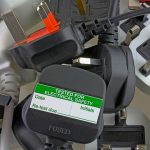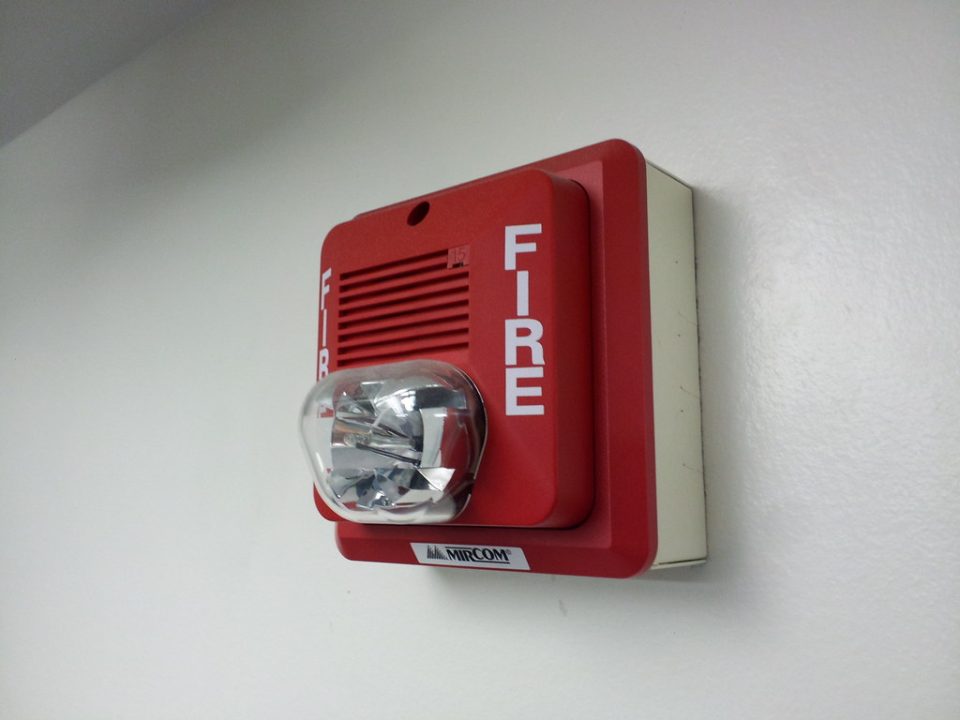
The Importance of Electrical Certificates – Ensuring Safety and Compliance
August 31, 2023
The Definitive Guide to PAT Testing | Ensuring Electrical Safety
September 11, 2023Introduction
Emergency lighting plays a crucial role in ensuring the safety of individuals during unexpected power outages or emergencies. It provides illumination in critical areas, allowing people to evacuate safely and first responders to carry out their duties efficiently. However, emergency lights are only effective when they are regularly tested and maintained. In this comprehensive guide, we will delve into the importance of emergency light testing, its legal requirements, testing procedures, and best practices.
The Importance of Emergency Light Testing
1. Life-Saving Functionality
Emergency lighting is not just a convenience; it’s a life-saving necessity. During power failures, fires, or other emergencies, the regular lighting system may fail, plunging an area into darkness. Without emergency lighting, people could become disoriented, increasing the risk of accidents and panic.
2. Regulatory Compliance
Compliance with local building codes and safety regulations is mandatory for businesses and property owners. Emergency light testing is often a legal requirement to ensure that your property meets these standards.
Legal Requirements for Emergency Light Testing
Different regions have specific regulations regarding emergency light testing. While these requirements may vary, they generally have commonalities:
1. Frequency of Testing
Most regulations mandate monthly and annual testing. Monthly tests involve briefly interrupting the power supply to ensure the emergency lights function immediately. Annual tests are more comprehensive, checking the system’s capacity to provide illumination for an extended period.
2. Record-Keeping
Property owners are typically required to maintain detailed records of all emergency light tests. These records serve as proof of compliance during inspections.
3. Inspection and Maintenance
Regular inspections and maintenance ensure that emergency lights are in good working condition. Burnt-out bulbs or damaged units must be replaced promptly.
Testing Procedures
Now, let’s explore the steps involved in emergency light testing:
1. Monthly Testing
1.1. Test Duration: Monthly tests should be brief. Ensure the area is darkened, then activate the emergency lighting by simulating a power outage or using the test switch.
1.2. Visual Inspection: Check for any visible damage, such as broken bulbs or cracked casings. Ensure all bulbs and exit signs are lit.
2. Annual Testing
2.1. Test Duration: The annual test simulates a more extended power outage. It is typically conducted for a minimum of 90 minutes to ensure emergency lights can provide adequate illumination for evacuation.
2.2. Load Testing: Some systems include load testing to evaluate battery performance under a heavy load.
2.3. Inspection: Perform a thorough visual inspection of the entire system, including battery terminals, wiring, and charging systems.
2.4. Record-Keeping: Document the results of the annual test, including any required repairs or replacements.
Best Practices for Emergency Light Testing
Scheduled Testing: Establish a regular testing schedule and stick to it. Consistency is key to ensuring the reliability of your emergency lighting system.
Professional Maintenance: Hire qualified technicians to conduct annual tests and perform maintenance. They can identify and address issues that may be missed during visual inspections.
Battery Replacement: Batteries are the heart of emergency lighting systems. Replace them as recommended by the manufacturer, usually every 3-5 years.
Training: Train your staff on emergency light testing procedures, so they can perform monthly tests correctly.
Emergency Plan: Develop and regularly update an emergency evacuation plan that includes information about the location of emergency exits and lighting.
Conclusion
Emergency light testing is not just a legal requirement; it’s a critical aspect of ensuring the safety and well-being of everyone on your property. Regular testing and maintenance of your emergency lighting system can make a significant difference during power outages and emergencies. By following the guidelines and best practices outlined in this guide, you can create a safer environment for all.
For Book Appointments Now visit https://idmcertificate.spacegalleon.tech/make-an-appointment/
For social Connection You can also Visit and follow our Social media Platforms


